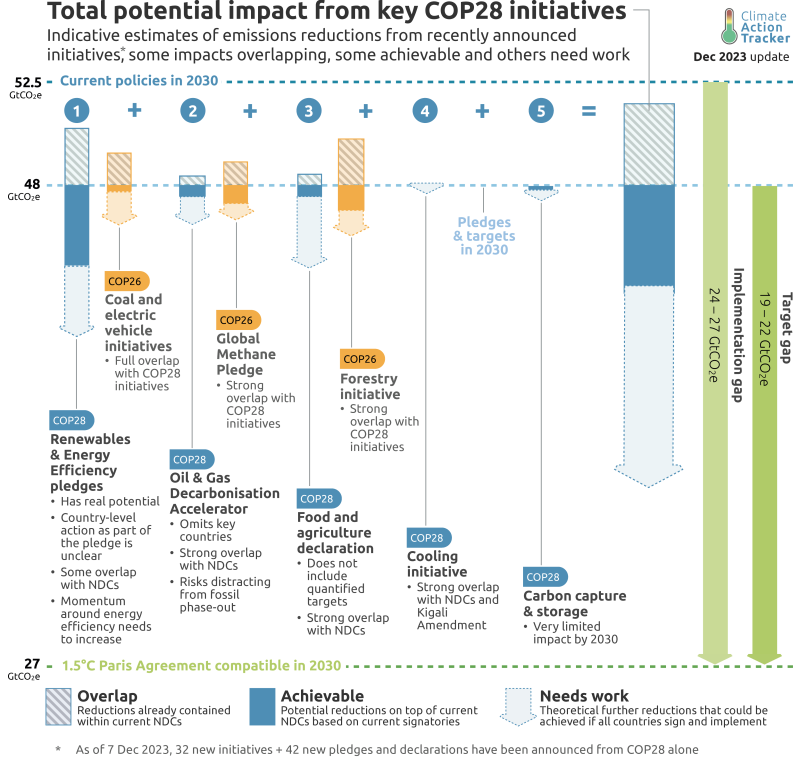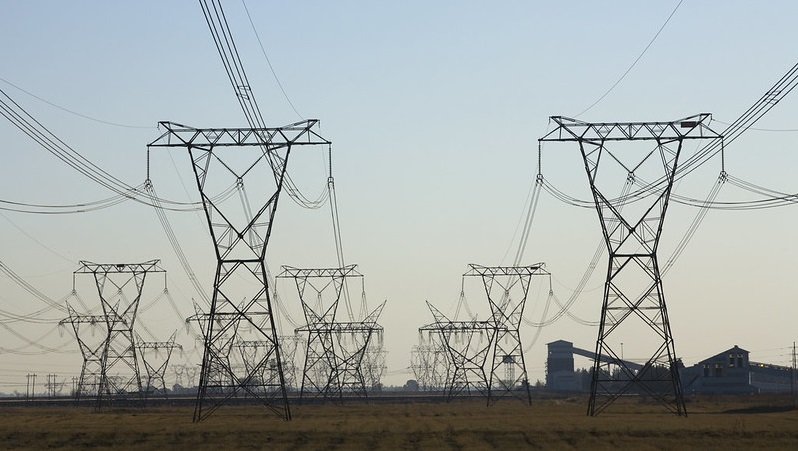Azerbaijan, which is hosting this year’s COP29 UN summit, this week announced 14 climate initiatives it hopes countries will sign up to, including one to promote energy storage and electric grids.
Governments are being asked by the COP29 presidency to back a pledge to increase global energy storage capacity six times above 2022 levels, reaching 1,500 gigawatts (GW) by 2030, and to add or refurbish more than 80 million kilometres of electricity grids by 2040. The voluntary initiatives are currently in draft form and will be finalised after consultation with states and other partners.
The targeted increase in the ability to store energy, mainly in batteries, is what the International Energy Agency (IEA) has said is needed to meet the goal set last year at COP28 to triple renewable energy capacity by 2030 while maintaining energy security.
Sign up to get our weekly newsletter straight to your inbox, plus breaking news, investigations and extra bulletins from key events
As renewable sources tend to produce more variable power than fossil fuels – generating it only when it is windy or sunny, or water is available – batteries and other forms of energy storage can help even out those peaks and troughs in electricity supply and keep homes and economies running.
How ambitious?
Iola Hughes, research manager at London-based battery consultancy Rho Motion, told Climate Home the COP29 target is not ambitious as it sounds.
Rho Motion predicts that by 2030, there will be 1,400 GW just from battery storage – so 1,500 GW of energy storage, which includes a non-battery method called pumped hydro, would not be a big jump.
The IEA forecasts that, under current policies, energy storage will reach 1,000 GW by 2030. Its “Net Zero Emissions scenario”, which is compatible with limiting global warming to 1.5C above pre-industrial levels, includes 1,500 GW of energy storage by 2030.

Global installed energy storage capacity in 2023 (left), 2030 under the stated policies scenario (middle) and 2030 under a 1.5C-compatible Net Zero Emissions scenario (right). Light purple is utility-scale batteries, dark purple is behind-the-meter batteries and orange is pumped hydro (Photos: IEA)
Hughes said “the real challenge” will be ensuring that storage is installed on a global basis to support the adoption of renewables. The IEA expects that the vast majority of battery storage is likely to be in China and in advanced economies.
The IEA has said that rolling out battery storage “will require action from policy makers and industry, taking advantage of the fact that battery storage can be built in a matter of months in most locations”.
In a report on batteries released this April, it also said the supply of the minerals needed for them – like cobalt, lithium and nickel – must be scaled up and that policy-makers should remove barriers to this expansion.
Lithium tug of war: the US-China rivalry for Argentina’s white gold
Richard Black, policy director at think-tank Ember, agreed that the COP29 storage target looks “absolutely achievable” given the current high rate of growth. He told Climate Home the boom in solar energy over the last 20 years shows that exponential growth can continue but “the market can’t do everything”.
Governments must provide confidence and bring costs down by agreeing to the COP29 pledge and setting policies that boost energy storage, he added.
The other part of the pledge, to refurbish or add 80 million km of electric grids, also comes from an IEA report, which said in 2023 that this target is necessary to meet the world’s climate goals.
The proposed 80 million km is the equivalent of the entire existing global grid – or about 2,000 times the Earth’s circumference.
The world’s transition to clean energy will mean running more machinery – like cars and heating and cooling systems – on electricity. Bigger and better electrical grids are needed to provide that power, the IEA says.
Trend for more initiatives
The core job for COP presidency teams is to get all countries to agree by consensus on formal UN agreements and decisions setting out what they will do to tackle climate change.
But in recent years, presidencies have also sought to get as many governments as possible to agree to voluntary initiatives, like the COP26 pledge to end forest loss and land degradation by 2030 and the COP28 declaration to adapt and transform food systems to respond to the “imperatives of climate change”.
Fernanda Carvalho, climate lead at WWF International, said this trend has picked up since COP26 in Glasgow, adding that the progress of these initiatives should be monitored. “As a trend, it needs to be studied – it needs to be questioned,” she told journalists this week.
UK calls for “ambition” on COP29 climate finance goal but won’t talk numbers
The 14 initiatives announced under the COP29 “Action Agenda” include a platform to support the nexus between climate finance, investment and trade, a declaration to unlock a global market for clean hydrogen, an appeal for a “COP Truce” and a declaration on sustainable tourism including sector targets in national climate plans.
Alden Meyer, a senior associate with think-tank E3G, said he had held several discussions with the COP29 presidency over its raft of initiatives and had “stressed the need to break the cycle of each presidency putting its own bright, shiny objects on the table as a legacy and claiming success”.
Last December, a report from the Climate Action Tracker research group estimated that of the total emissions savings that could be achieved by the pledges announced at COP28, around a quarter was already included in government climate plans, around a quarter was additional and achievable, and around half was unlikely to be achieved without further action to improve the initiatives.

Copyright © 2009-2024 by Climate Analytics and NewClimate Institute. All rights reserved.
On Thursday, the Industrial Transition Accelerator launched at COP28 said weak demand for green products is curbing needed investment of up to $700 billion in low-carbon projects in heavy-emitting industries such as aluminium, steel and cement.
Meyer said the COP29 presidency had assured him they were talking to previous COP hosts about how to institutionalise the various voluntary pledges Baku is leading and make them deliver. “I’ll believe it when I see it,” he said.
(Reporting by Joe Lo; additional reporting by Megan Rowling; editing by Megan Rowling)
Correction: This article was corrected on 23/09/24 to clarify that the 80 million km of grids target is for 2040. It originally incorrectly said it was for 2030.
